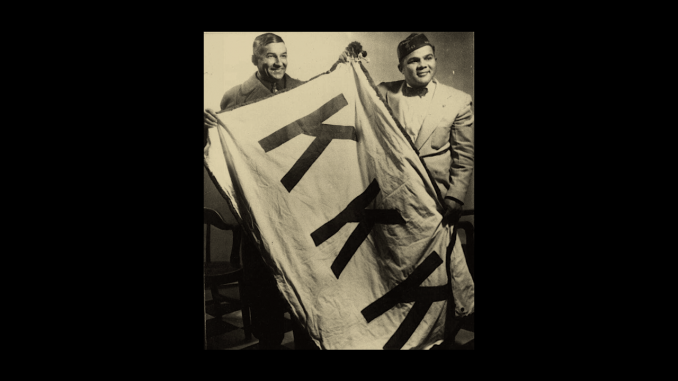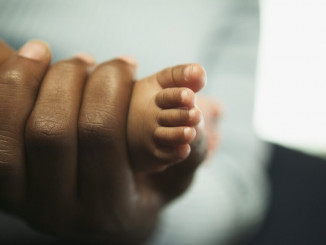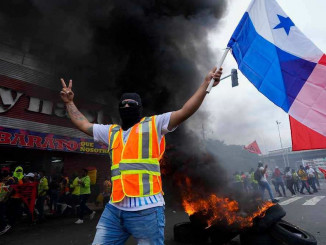
During the night of Jan. 13, 1958, the Ku Klux Klan lit its signature fiery crosses on the lawn of a family, members of the indigenous Lumbee Tribe, who had just moved into a white neighborhood. Earlier that night, Klansmen ignited a cross near the home of a white woman who was dating a member of the Lumbee Tribe. Robeson County in the 1950s had a very mixed population: there were about 40,000 whites, 30,000 Native Americans, and 25,000 African Americans, each group with its own separate school system. In 1958, the Civil Rights Movement was picking up momentum in the Jim Crow South. But in reaction, the Ku Klux Klan was growing, too.
James “Catfish” Cole, the South Carolina KKK Wizard leading recruiting efforts in Robeson County, announced the KKK would rally their followers the following Saturday in a field in Maxton, NC. The rally aimed, in Cole’s words, “to put the Indians in their place, to end race mixing.” The Lumbees, especially young Lumbee men, had other ideas. The hardware store in Lumberton soon sold out all its stock of ammunition.
On the night of the rally, Klansmen set up a portable generator to power a floodlight focused on the KKK banner hung from a pole. The floodlight made it difficult for the 100 or so Klansmen at the rally to see that they were surrounded by as many as 1,000 Lumbees. Several young tribe members, some of whom were armed, closed on the Klan meeting and tried to take down the spotlight. Fighting broke out and a shotgun blast shattered the bulb. In the sudden darkness, hundreds of Lumbees charged the Klan, yelling and firing guns into the air, scattering the outmatched Klansmen. Three Klansmen were slightly wounded. Some left under police protection, while others, including Catfish Cole, simply took to the woods. Images of triumphant Lumbees holding up the abandoned KKK banner were published in newspapers and magazines throughout the world. It was the last time the KKK held a public meeting in Robeson County.
The Lumbee tribe commemorated their rout of the Klan by issuing a medal to “100 Lumbee Warriors” whose participation in the confrontation had been confirmed. Summing up the Lumbee’s response to the intimidation of the Klan, Lillie McKoy, a local county official, remembered: ”You saw those cars coming, and you knew who those men were. They wanted you to see them. They wanted you to be afraid of them. And a lot of people were afraid … Until the Klan picked a fight with people who fought back.”




